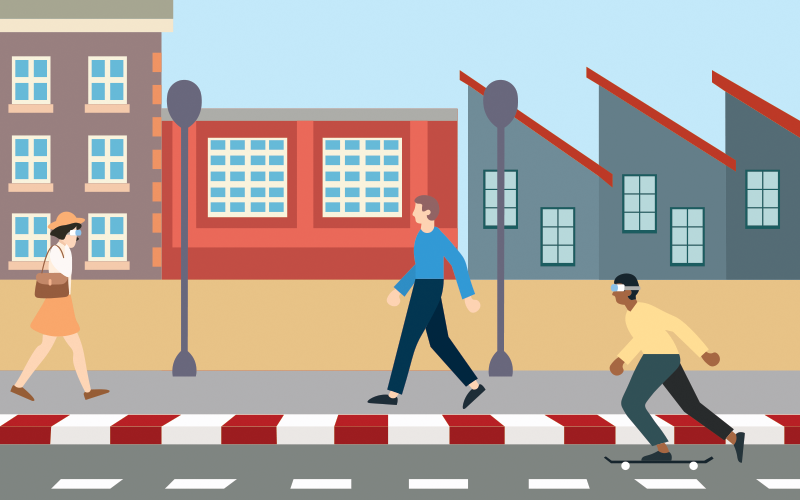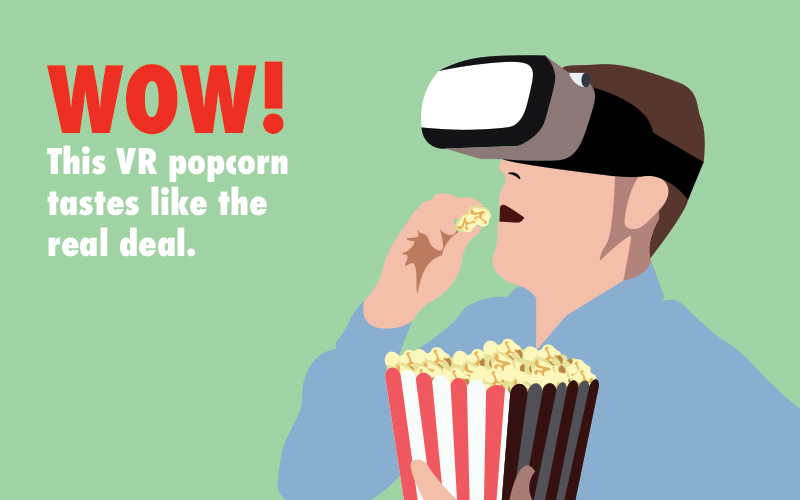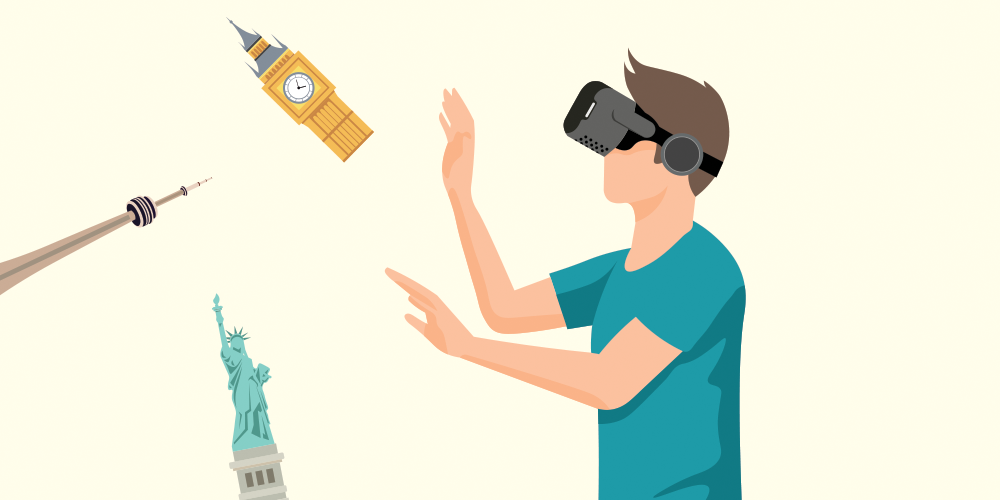It’s a busy Saturday night in London’s West End. The drizzle has not deterred the crowds. They gather en masse along Garrick Street, Shaftesbury Avenue, and Piccadilly Circus. I’m moving alongside them, weaving my way through packed piazzas, dodging thick, ambling traffic and stubborn slow-moving pedestrians. I can hear the patter of the rain on the umbrella that covers me. Candlelight faces peer out from restaurant windows. Wet and shivering smokers hide in alcoves, trying to get a couple of quick, dry puffs. Tourists stand staring up at the billboards, mesmerized by their bright neon glow. There is a particular mood that is elicited by the presence of all these strangers. This kind of congregate space, where people collide in a vibrant tapestry can be a quick cure for loneliness. It’s sort of an impromptu community and no matter how disparate the crowd, there is a sense of comfort and unity that comes from being a part of these gatherings. For me, one of the pleasures in exploring any new city is searching for and finding these lively pockets. During an international collective time of stress, isolation, and immobility, the memory of them becomes something I can lean into for support and consolation.
The caveat of this particular memory is that I’ve never actually been to London. Whatever intentions I had to visit there were, like so many other plans last year, were incinerated by the pandemic. This vicarious experience comes courtesy of Watched Walker, a YouTube channel that posts virtual walking tours of various locations from around the world. Just before my rainy jaunt through London, I was exploring Nice for the first time, and before that I wandered through the cobblestone streets of Lisbon, a place I have been before and find myself thinking of often now that travel is no longer a possibility. These videos seem well suited to the limitations of our current existence, but they predate the pandemic and Watched Walker is only one of many such channels.
4K Walk, Wind Walk Travel, Lazy Tourist, Living Walks, Wanna Walk — from New York City and Miami Beach, all the way south to Punta del Este in Uruguay, across the Ocean to the Plaza De Espana in Madrid, and the old medina souk in Marrakech. These channels deliver an extensive catalog of destinations for the virtual traveler. They all employ a similar immersive aesthetic that foregoes the narration, music, and drone shots typically associated with travel videos, and try to capture the unmediated reality of the environment; the authentic clamor and kinesthetics of city streets. The camera is at eye level and the operator is invisible other than the occasional accidental reflection, making it easy for an audience to project themselves into these digital strolls.
While their original intentions may not have been to provide a sense of nostalgia and solace during the long, isolating, and lonely months of this global crisis, their proximity to normalcy and travel, the lifelike evocation of it, does provide some comfort. Other similar projects have popped up over the course of the pandemic. One of my favorite recent discoveries is Drive and Listen; a simulator that puts you behind the wheel of a virtual vehicle as it tours the city of your picking. With the dashboard controls, you can switch between both radio stations and locales, while also controlling the speed of traffic and the level of ambient street noise that permeates your windows. Perhaps it’s strange that we would want to emulate an experience that often makes us frustrated. Commuters may not be thinking wistfully of long hours spent stuck in rush-hour traffic — but the key attraction is variation and mobility. You can be coasting through the streets of Berlin while bopping to We Didn’t Start the Fire, and then a moment later be rolling down the slopes of Market Street in San Francisco or listening to a heated discussion on NPR Talk Radio. I’ve even spent some time in my own city’s streets, sitting in a bumper-to-bumper jam on the Don Valley Parkway, listening to Katy Perry’s Roar, and watching Toronto’s downtown skyline inch closer.
The struggle to sit still, to stay stationary in one place, one setting, has been an ongoing predicament for me for most of my adult life. Though I’ve lived in Toronto for most of those years, the advantages of such a large city are that there is typically a lot of opportunity for variation, and it’s easy to fall into a pattern of mobility addiction with such a wealth of different spaces at your disposal. Finding a gratifying sense of escape can be as simple as investigating an unfamiliar neighborhood, discovering a street you’ve never been on, or drifting between countless coffee shops. Judging by the number of my peers who congregate and work in cafes, this kind of behavior seems to be pretty characteristic of the post Boomer/Gen X generations. It’s not hard to figure out why Millennials came to worship this kind of simple spatial versatility.
Social conditions have impeded many of us from settling down. The non-existence of affordable housing, the diminished financial feasibility of raising a family, have led to the development of a cultural restlessness and rudimentary and desperate need for variation in our spaces. The goalposts and markers of traditional success, things that provide satisfaction and contentment with life, are continually placed further out of reach, forcing the commodification of our free time, time that used to be spent relaxing and relishing boredom. By comparison, something as simple and free as walking seems like an act of transgression. Walking, with a destination or not, has become one of the last consolations that can still be wrested to some degree from monetization.
Walking for me has always had much more value, purpose, and meaning than its very utilitarian function. It opens the world, liberates us from home, work, or school — buildings that keep us bound for most of our existence. It gives access to a space big enough to accommodate pensiveness, swallow anger, and move us away from our troubles. What you see, hear, and smell while walking are tangible things that you can take away and keep as a private sensory reservoir. Whenever I travel anywhere, I feel compelled to try and cover as much ground as possible, take in every neighborhood, walk every square mile, and absorb as much detail as possible. The more I’m able to soak up, the richer the visualization I can evoke later will be.

I felt a great kinship with writer Gary Kayima, after reading Cool Gray City of Love: 49 Views of San Francisco a book that, as noted in the preface “begins and ends with walking.” Kayima shares my fanatical dedication to walking and the intense desire to systematically explore our city spaces in their totality. The book is an homage to the spirited, intentional act of the stroll. It glorifies movement as a passage to discovery, and as a method of expanding personal horizons, of learning and growing. The vivid, revelatory constitutionals detailed in the book are all the more meaningful to Kayima because it was only possible after knee replacement surgery. “After I had my knees replaced, San Francisco became endless and inciting,” he writes. “Like an iron-jointed butterfly, I began flitting around town – at first aimlessly, then systematically . . . and so . . . I decided to finally learn Golden Gate Park.”
This early satiating voyage into the park ignites in Kayima an irresistible urge to also learn all of San Francisco’s renowned forty-nine square miles:
It was glorious and addictive, making discoveries every day. I savored the mingled pleasure of the mapmaker and the other. I was Tom Sawyer and Huck Finn — one part of me greedily storing up information, the other blissfully absorbing experiences that had not yet blazed trails through the forest of my neurons. I discovered that systematic flitting, if not the secret to human happiness, is a pretty good start. It was almost absurd how euphoric I felt as I tramped merrily through remote parks, across hidden trails, and through vacant lots, planting my little invisible flags like some two-bit Cabrillo.
Besides his deep admiration for walking, I can also relate in some capacity to Kayima’s experience of finding that admiration after a period of immobility. In the Fall of 2019, I shattered my shoulder in a bike accident and the ensuing operations and several months of recovery kept me from enjoying my regular activities. The fact that my feet worked fine, yet any vigorous movement was uncomfortable, painful, and sometimes scary made it all the more frustrating. Even though this immobility was only temporary, the first few times I could walk without discomfort felt incredibly liberating. I was regaining part of my identity, a vital coping method, and activity that gave me great pleasure. Alas, shortly after that, the jaws of the pandemic came down hard. Though limited walks were still encouraged throughout the lock-downs, I felt that there was something eerie about being out and about. On the surface, there was a certain level of normalcy — the sights and sounds of the city were much the same — but it belied a deeper panic and collective grief. And so, walking became something utilitarian again — just quick and tense shuffling from place to place when only absolutely necessary.
As someone who not only prized constant movement but also leaned heavily on the variation, it could provide, stay-at-home orders, the prospect of being confined to my small basement apartment, felt a bit like the tolling of a death knell. In the weeks that followed, there was an endless stream of virtual events unveiled. Live concerts turned to streaming channels, DJs spun live from their living rooms, museums pivoted to online tours, and Zoom meetings, for better or worse, became a fixture in our vernacular. These new formats were and still are a mixed success. Despite all good and earnest intentions, it is difficult to accurately capture an authentic and tangible experience that parallels the real thing and elicits that same kind of sensory resonance. But there is one digital space that I found surprisingly consoling during the long hours and days of home confinement.
Video game technology has evolved to such a refined and complex level that its simulation of not just our reality but also fictional realities, has enough fidelity that for many gamers, their in-game experiences become intertwined with their real-life ones, and ultimately just as genuine. These constructed worlds, with their realistic natural effects — wind, rain, fog, and snow — lived-in environments, contrasting landscapes, geographical diversity, and randomness provide an unprecedented level of virtual enchantment. The popularity of open-world games has led to developers vying over who can build the most square miles of explorable space (at 255 galaxies, No Man’s Sky still holds this record, and the most scenic and memorable vistas (still up for debate). Open world games are defined by the ability of your avatar to free roam, as opposed to being confined to a specific linear path or narrative. These are the games that I’m always drawn to the most, and where I’ve found the most amount of solace during this long, arduous period of inertia.

At a point last year when I had planned to be in New York, I lost myself in the massive recreation of Manhattan in Insomniac Games’ Spiderman I drove around San Andreas, a fictional clone of Los Angeles, in Rockstars’ Grand Theft Auto, and felt a genuine thrill at revisiting locations I know. I explored Egypt, Greece, Norway, and England in various Assassin’s Creed games, the long-running game franchise by Ubisoft. I spent so much time in the re-envisioned American Wild West of Red Redemption 2 (also by Rockstar) that the town, trails, and dessert became as familiar to me as that of my own real-life landscape. All these games have similar map functions that use various icons to mark quest elements, points of interest, settlements, cities, and territories, but they provide more than just a way of gathering your bearings. They tease of mystery and distance, of non-linear depth, of obstacles to overcome, and things awaiting exploration. Will I remember the nights swinging along 5th Avenue as Spiderman the same way as I remember watching a crisp, golden sunset preen along the Hudson River my first time in New York? Is the time I spent on the imaginary Santa Maria pier in Grand Theft Auto less vivid than all the time I spent in Santa Monica? Walking along the beach and wading in the Pacific’s cool refreshing tide. I wouldn’t suggest they are equivalents, and these virtual experiences may be resonant with me more only because I’ve had the real world experiences, but I’ve found that traversing or experiencing virtual geography elicits some of the same emotions and brings about a diluted, but parallel joy.
Watched Walker, Drive & Listen, an open-world video game, a simple walk around the neighborhood — these are all activities undertaken for no other purpose but to satiate the senses. They are a temporary reprieve from the burden of productivity and are free from the constant kind of commodification that stalks us most of our waking moments. If there’s one consistent message we received throughout this pandemic, a lesson hammered home time and time again by political leaders and those in positions of power, is that productivity is more important than our wellbeing, that we must keep endlessly trucking along. To keep generating wealth for someone else — even while illness and death tread alongside us. Yet despite this message, with my mandated time at home, I’ve managed to relearn the value of pure leisure, and that my apartment can become something other than just another four-walled container that I shelter in. It’s a place where I can harness my imagination, ease my restlessness, and learn the infinite spaces that can exist inside our minds and memories.
When travel, movement and gathering become safe again, I will happily fall back into step, but until that time comes, I’ll prepare a pot of coffee at home, park myself in front of my small, but treasured window, turn on I Miss My Cafe, a website that recreates the auditory environment of a coffee shop, a coffee shop that will never succumb to a luxury condo development, and think of the final words of Gary Kamiya in Cool Gray City of Love — that maybe it is “better not to see everything. To let a small mystery, stand in for the great one. To know that somewhere far below, down there where the sea crashes endlessly into the land, is a rock that I will never climb.” •




